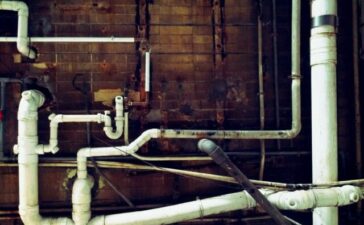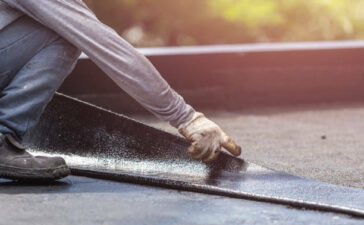A retaining wall refers to a landscaping structure that is usually made up of concrete blocks, rocks, and other materials to assist them to retain the soil. Many garden retaining walls are made for practical reasons, though they can also improve the aesthetics of your home when they are properly integrated with the current landscape design.
Besides, they are also a good way to increase the value of your property. Keep in mind that retaining walls are made from high-quality materials. Ideally, if the features of your landscape change, then you need to install a retaining wall. This post explains the importance of building a retaining wall.
Structural support
As explained earlier, retaining walls are designed to keep soil in place. If your landscape has small hills, retaining walls work as a barrier to prevent the soil from moving forward when there is a landslide. Therefore, a retaining wall can be a safety feature for the landscape because it makes sure that you and your home are safe. Depending on the level of support needed, there are several options to choose from.
A retaining wall can prevent soil erosion and control floods. Remember that erosion can always happen in landscapes due to water or wind. A Støttemur is even more important if you don’t have a lot of shrubs and trees to hold the soil. Aside from providing support to the soil, a retaining wall can also assist to reduce the surface runoff by lowering sharper gradients. This can reduce the speed of water over the surface, meaning it reduces soil erosion.
A retaining wall can do this while also controlling floods in your yard. It’s worth noting that a retaining wall provides water drainage that can prevent flooding. Drainage pipes and channels can be integrated into the retaining wall to give more ways for proper water control and drainage. A retaining wall can also lower the gradient by putting terraces to allow water to get into the soil instead of running off the surface.
Creating functional space to your backyard
Mounds and hills can be appealing features, but they also take up more space and can be hard for your landscape. You can create terraces utilizing several retaining walls so that you can have more functional space in the backyard which you can then use for planting.
Terraces can also create an attractive and imposing facade for your backyard. You can use these terraces to showcase various features like gardens and patios.
Aesthetics
A retaining wall can also look attractive and bold structures, but this depends on the material used and its height. There is always a contrast that a stone or concrete structure together with a natural landscape can have on your landscape.
A retaining wall can also work as a seating wall, especially if it’s design has a proper height to make it even more functional. There is a wide range of material available to allow your retaining wall to integrate naturally with other features in the backyard.






